The diners in the café sit in twos and threes, chatting over elegantly constructed salads or seared ‘ahi arranged on beds of steamed rice. The tablecloths ripple in a cool breeze, and the midday sun filters through the foliage of palms and plumeria that dance just beyond the large, arched, open windows. The atmosphere is lively yet hushed. There’s such a feeling of serenity that one imagines they are dining at a secluded country estate miles from the nearest city—not inside a Young Women’s Christian Association building in downtown Honolulu.
Tucked off Richards Street, with an elegant landscaped courtyard (designed by Catherine Thompson, Hawai‘i’s first licensed landscape architect), the historic 1920s building and its restaurant, Café Julia, are “like a secret garden,” says Mike Gushard, the former architecture branch chief of the Hawai‘i State Historic Preservation Division. “Everything slows down. Everything is quiet.” Gushard has a more personal connection to the YWCA building as well. He and his partner, Orlando de Lange, were married under its elegant loggia just last year.
That the building maintains the feel of an urban oasis nearly a century after it was built is a testament to the brilliance of its architect and the restaurant’s namesake, Julia Morgan, a 5-foot-tall, 100-pound giant of American architecture who out-built Frank Lloyd Wright (completing more than 700 buildings over her career) yet whose name is relatively unknown outside of California and the cluttered offices of architecture scholars.
Born in San Francisco in 1872, Morgan was the first woman admitted to the architecture program at the École des Beaux-Arts in Paris, then the leading architectural training program in the world, and the first female architect to be licensed in the state of California. She was a prolific architect and a consummate builder, having studied engineering at the University of California, Berkeley prior to her time in Paris.
Morgan was devoted to women’s empowerment. She designed dozens of buildings for the YWCA over the course of her career—including those at Asilomar, the association’s storied retreat center in Monterey—even as she spent her weekends in San Simeon, California, working with William Randolph Hearst on what would become the sprawling mega-project La Cuesta Encantada, better known as Hearst Castle.
It was Morgan’s work with YWCA that brought her to Hawai‘i. For the association, she designed a women’s residence (now demolished) on the corner of King and Alapa‘i streets in 1921, followed by a headquarters building across from ‘Iolani Palace in 1927 called Laniākea, or “wide skies.” (Morgan’s only other surviving building in Hawai‘i is the Homelani Columbarium in Hilo, a simple, Mediterranean-style building completed in 1937.) Morgan managed the construction of Laniākea from California, relying on daily written reports and film exposures that were sent by boat to San Francisco from her project manager, Edward Hussey.
Although there are touches of the islands in Laniākea’s architecture, such as the Hawaiian flowers carved into the now-weathered teak of the building’s front doors, stylistically, it owes primarily to Morgan’s training at the École des Beaux Arts, with Italian Renaissance columns and the pool area’s Moorish-inflected fountain. Rendered almost entirely in reinforced concrete (a first in Hawai‘i at the time), the architecture is both formal and relaxed, a nod to Morgan’s belief in the dignity of all people and her desire to make them comfortable.
Laniākea’s truest architectural legacy may lie in its functionality and appeal, which persist 93 years after it was built. It’s one of the few Morgan-designed YWCA buildings that hasn’t been substantially altered, so it’s fitting that Morgan be uniquely memorialized here, as a woman who perpetuated the YWCA’s mission of empowerment through architecture.
Gushard says it’s hard to measure just how profound an impact on society an organization like the YWCA has, but the architecture at Laniākea certainly contributes to it. “It’s so perfectly realized, it changes how you feel when you walk into it,” he says. “To have 90 years of a really beautiful space that makes you feel valuable, and that’s accessible to people both by design and manifesto, I can’t imagine the cumulative effect of that.”
The diners in the café sit in twos and threes, chatting over elegantly constructed salads or seared ‘ahi arranged on beds of steamed rice. The tablecloths ripple in a cool breeze, and the midday sun filters through the foliage of palms and plumeria that dance just beyond the large, arched, open windows. The atmosphere is lively yet hushed. There’s such a feeling of serenity that one imagines they are dining at a secluded country estate miles from the nearest city—not inside a Young Women’s Christian Association building in downtown Honolulu.
Tucked off Richards Street, with an elegant landscaped courtyard (designed by Catherine Thompson, Hawai‘i’s first licensed landscape architect), the historic 1920s building and its restaurant, Café Julia, are “like a secret garden,” says Mike Gushard, the former architecture branch chief of the Hawai‘i State Historic Preservation Division. “Everything slows down. Everything is quiet.” Gushard has a more personal connection to the YWCA building as well. He and his partner, Orlando de Lange, were married under its elegant loggia just last year.
That the building maintains the feel of an urban oasis nearly a century after it was built is a testament to the brilliance of its architect and the restaurant’s namesake, Julia Morgan, a 5-foot-tall, 100-pound giant of American architecture who out-built Frank Lloyd Wright (completing more than 700 buildings over her career) yet whose name is relatively unknown outside of California and the cluttered offices of architecture scholars.
Born in San Francisco in 1872, Morgan was the first woman admitted to the architecture program at the École des Beaux-Arts in Paris, then the leading architectural training program in the world, and the first female architect to be licensed in the state of California. She was a prolific architect and a consummate builder, having studied engineering at the University of California, Berkeley prior to her time in Paris.
Morgan was devoted to women’s empowerment. She designed dozens of buildings for the YWCA over the course of her career—including those at Asilomar, the association’s storied retreat center in Monterey—even as she spent her weekends in San Simeon, California, working with William Randolph Hearst on what would become the sprawling mega-project La Cuesta Encantada, better known as Hearst Castle.
It was Morgan’s work with YWCA that brought her to Hawai‘i. For the association, she designed a women’s residence (now demolished) on the corner of King and Alapa‘i streets in 1921, followed by a headquarters building across from ‘Iolani Palace in 1927 called Laniākea, or “wide skies.” (Morgan’s only other surviving building in Hawai‘i is the Homelani Columbarium in Hilo, a simple, Mediterranean-style building completed in 1937.) Morgan managed the construction of Laniākea from California, relying on daily written reports and film exposures that were sent by boat to San Francisco from her project manager, Edward Hussey.
Although there are touches of the islands in Laniākea’s architecture, such as the Hawaiian flowers carved into the now-weathered teak of the building’s front doors, stylistically, it owes primarily to Morgan’s training at the École des Beaux Arts, with Italian Renaissance columns and the pool area’s Moorish-inflected fountain. Rendered almost entirely in reinforced concrete (a first in Hawai‘i at the time), the architecture is both formal and relaxed, a nod to Morgan’s belief in the dignity of all people and her desire to make them comfortable.
Laniākea’s truest architectural legacy may lie in its functionality and appeal, which persist 93 years after it was built. It’s one of the few Morgan-designed YWCA buildings that hasn’t been substantially altered, so it’s fitting that Morgan be uniquely memorialized here, as a woman who perpetuated the YWCA’s mission of empowerment through architecture.
Gushard says it’s hard to measure just how profound an impact on society an organization like the YWCA has, but the architecture at Laniākea certainly contributes to it. “It’s so perfectly realized, it changes how you feel when you walk into it,” he says. “To have 90 years of a really beautiful space that makes you feel valuable, and that’s accessible to people both by design and manifesto, I can’t imagine the cumulative effect of that.”
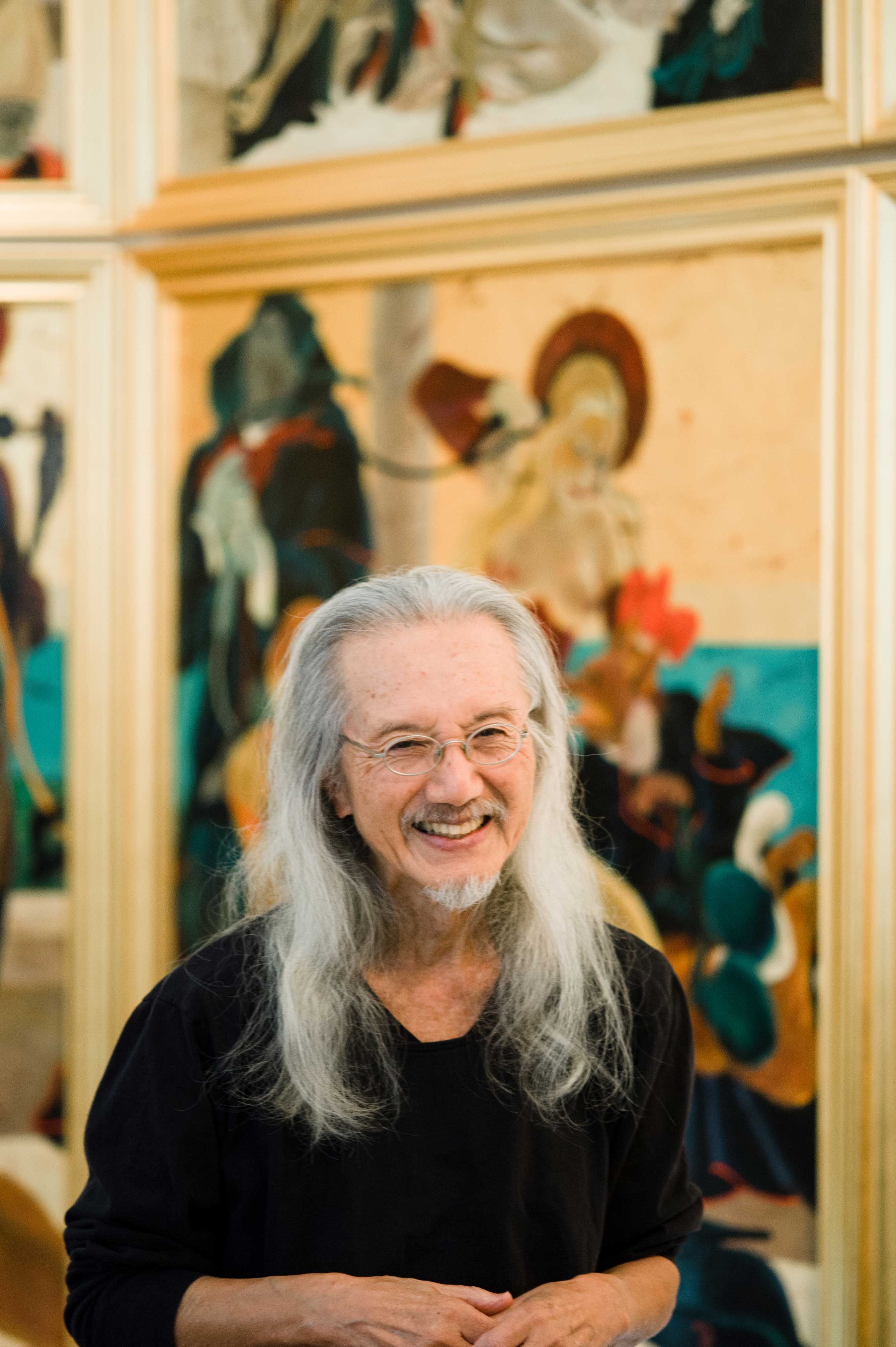
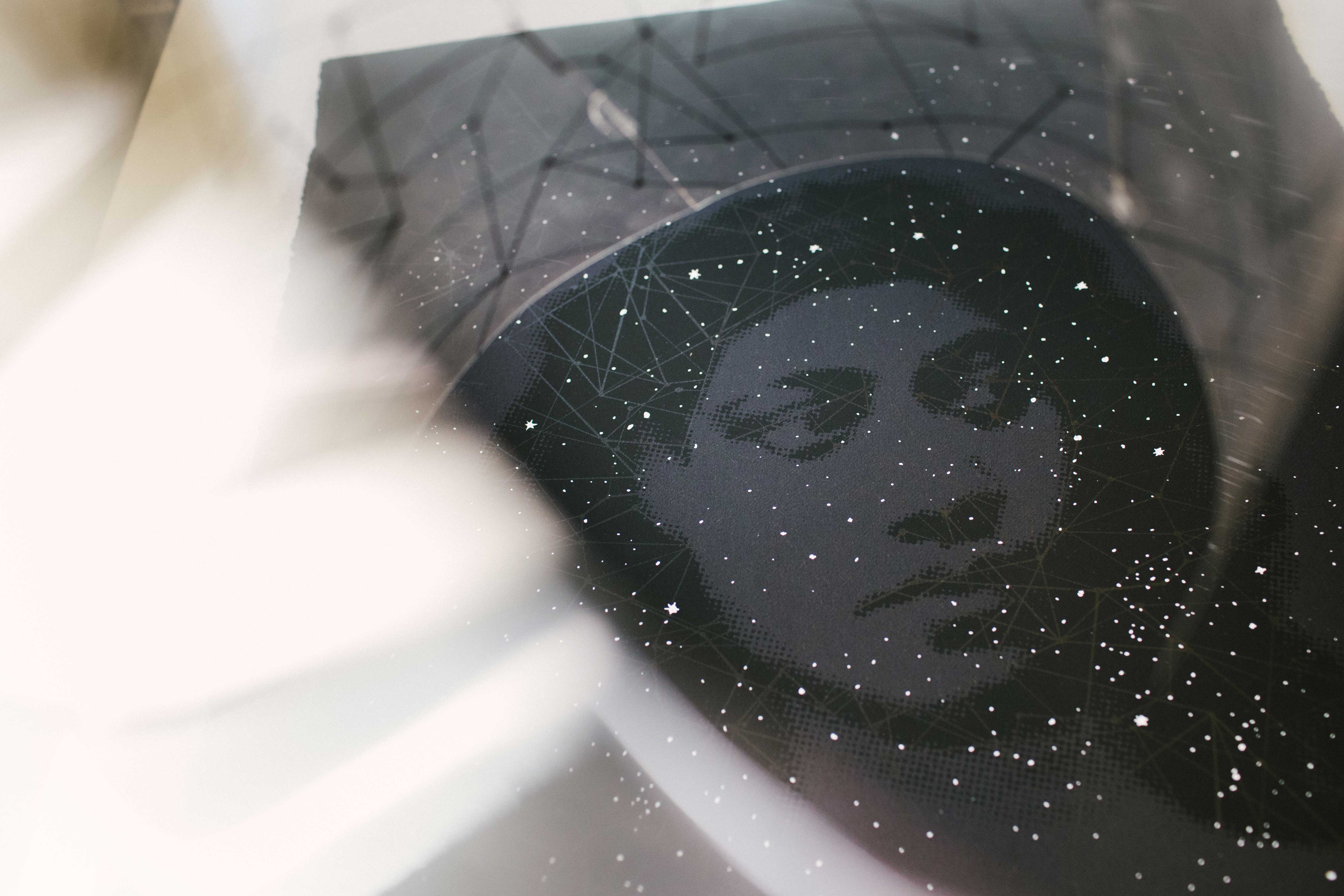


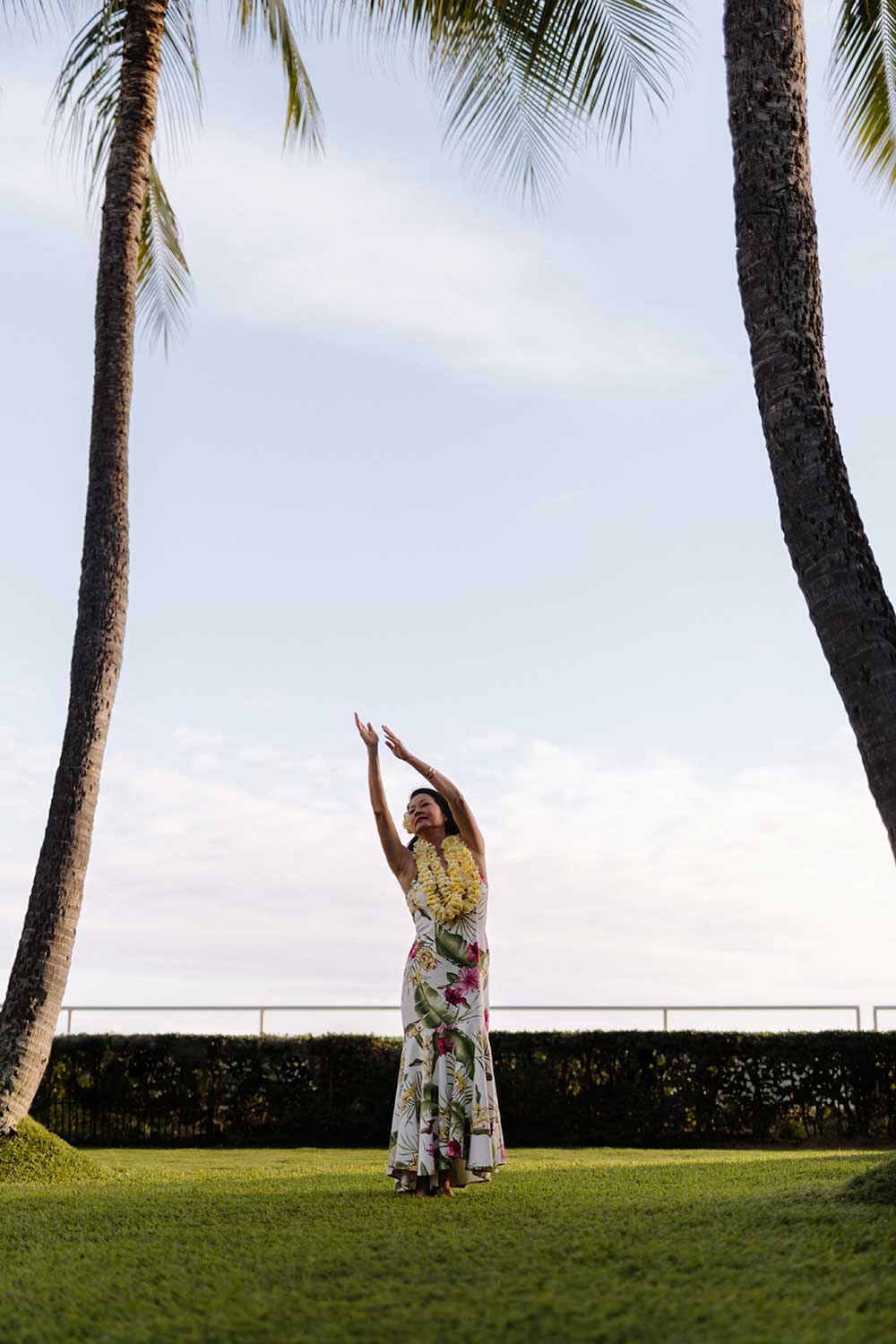
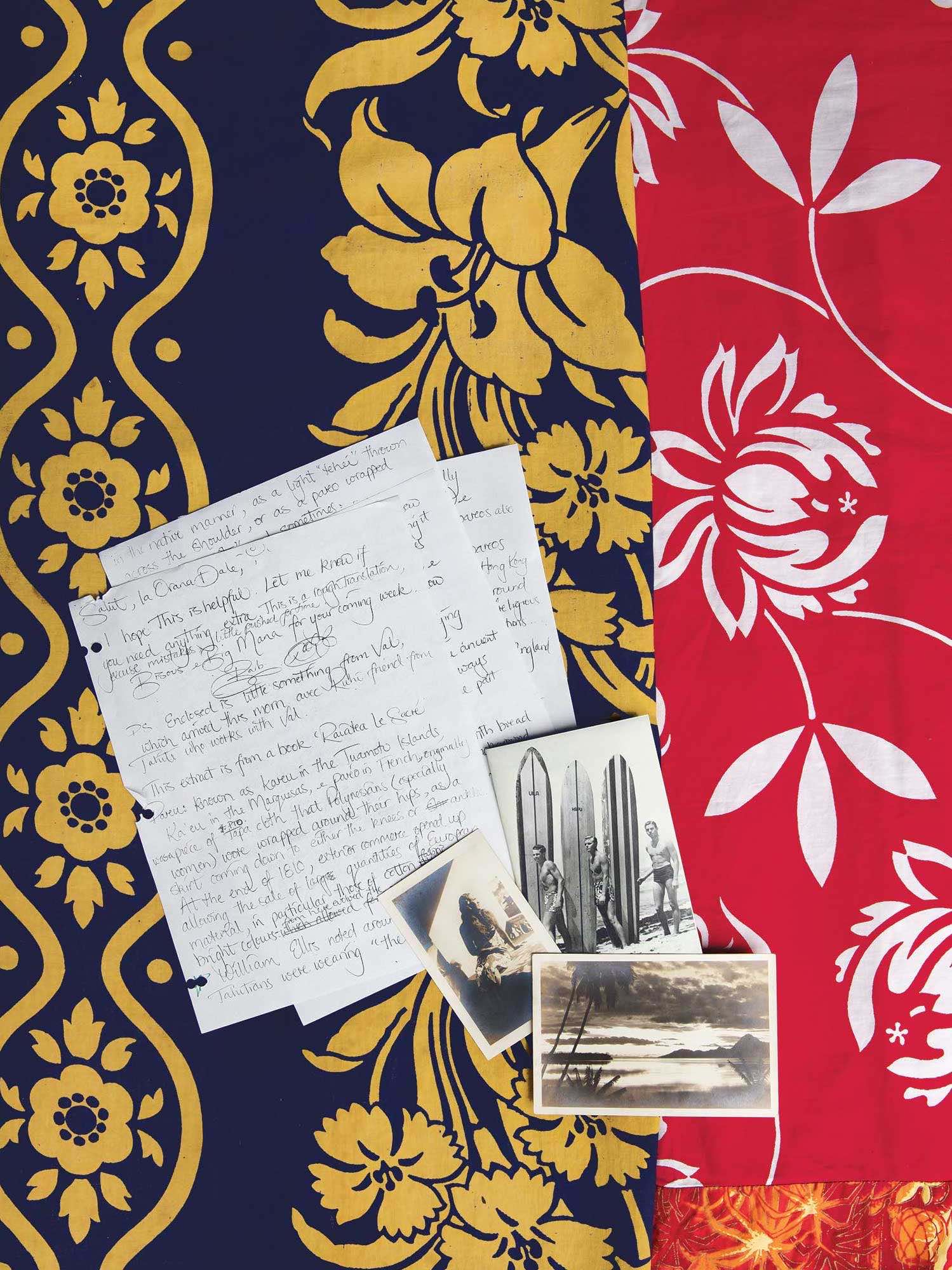
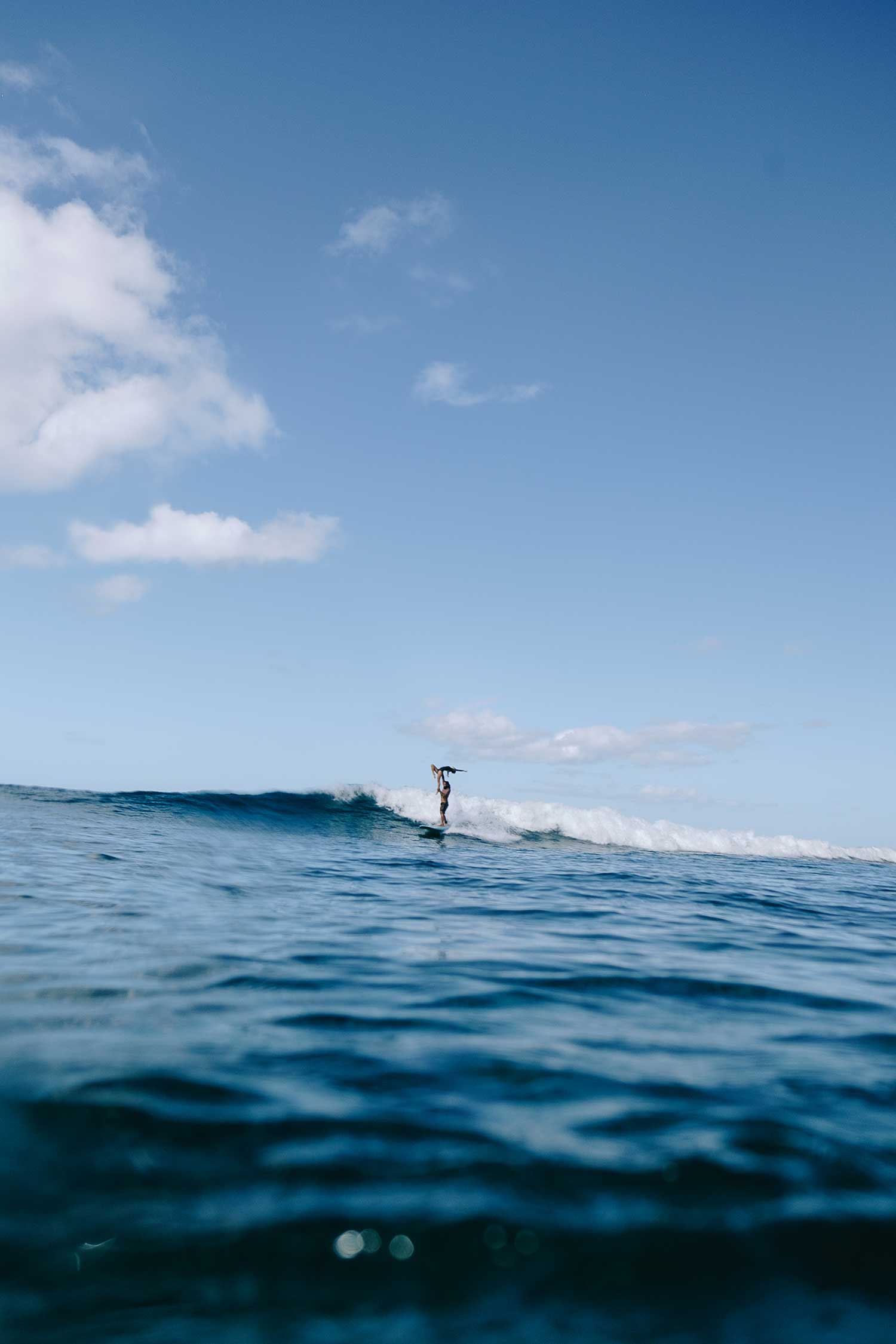
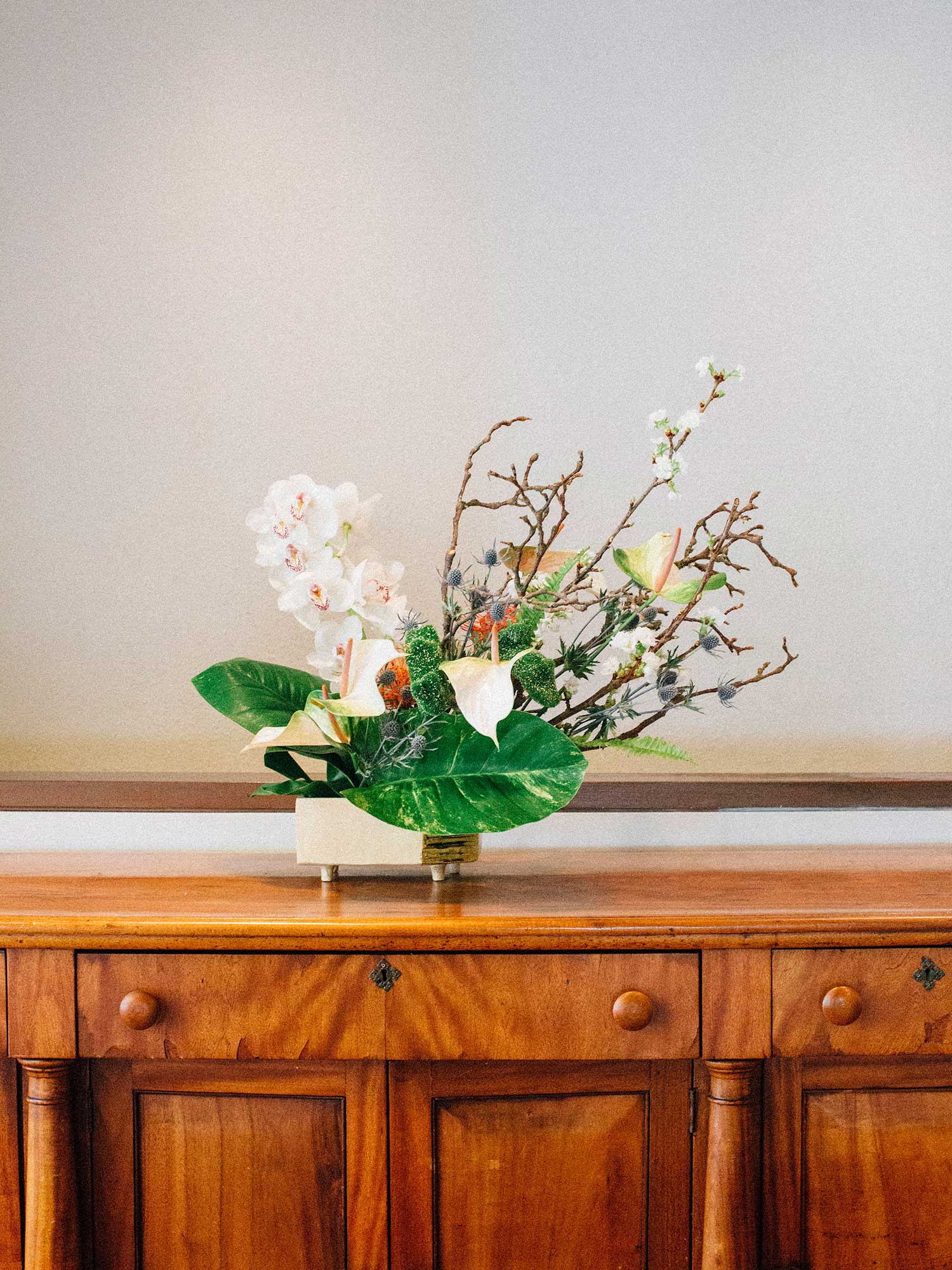
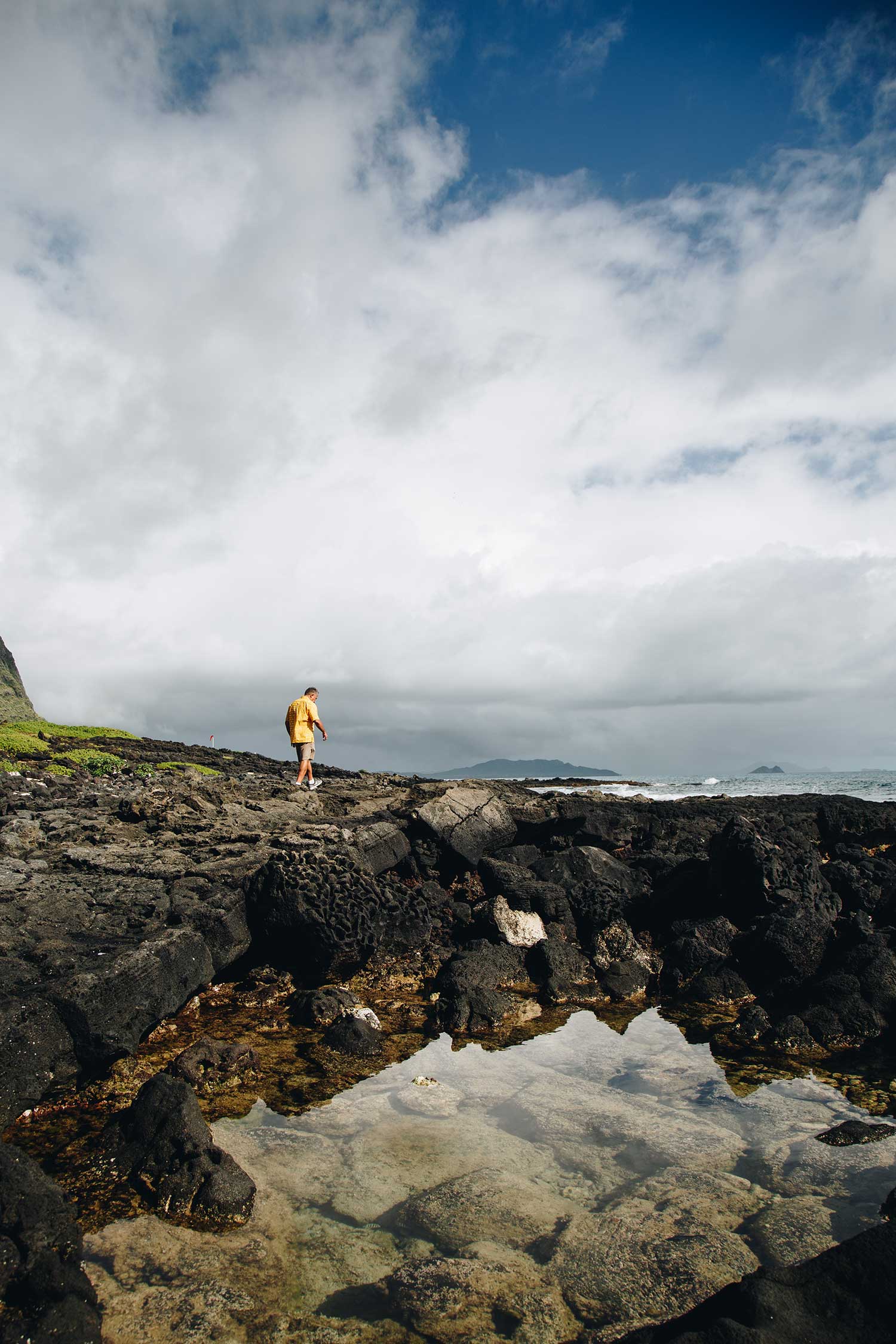
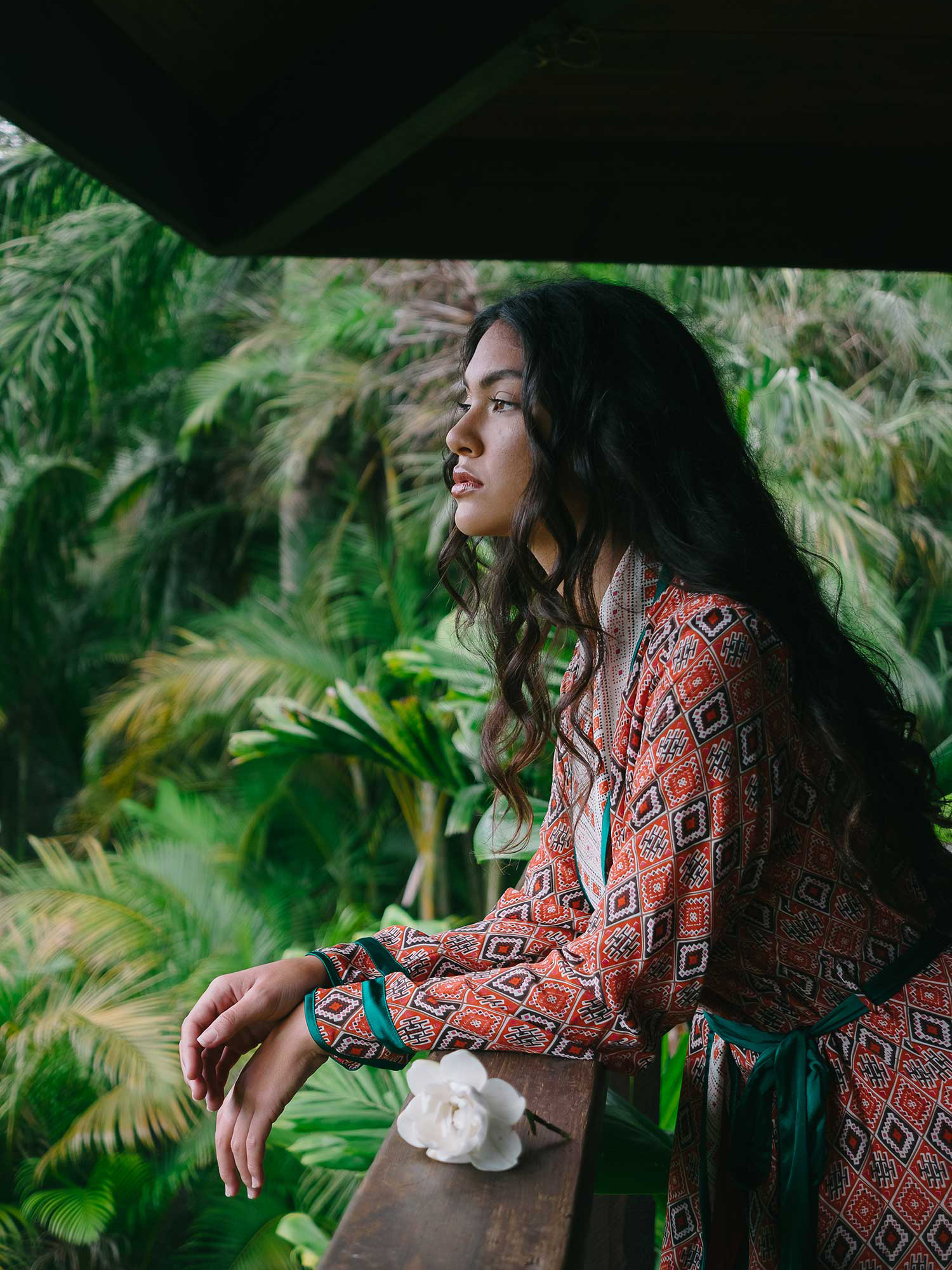

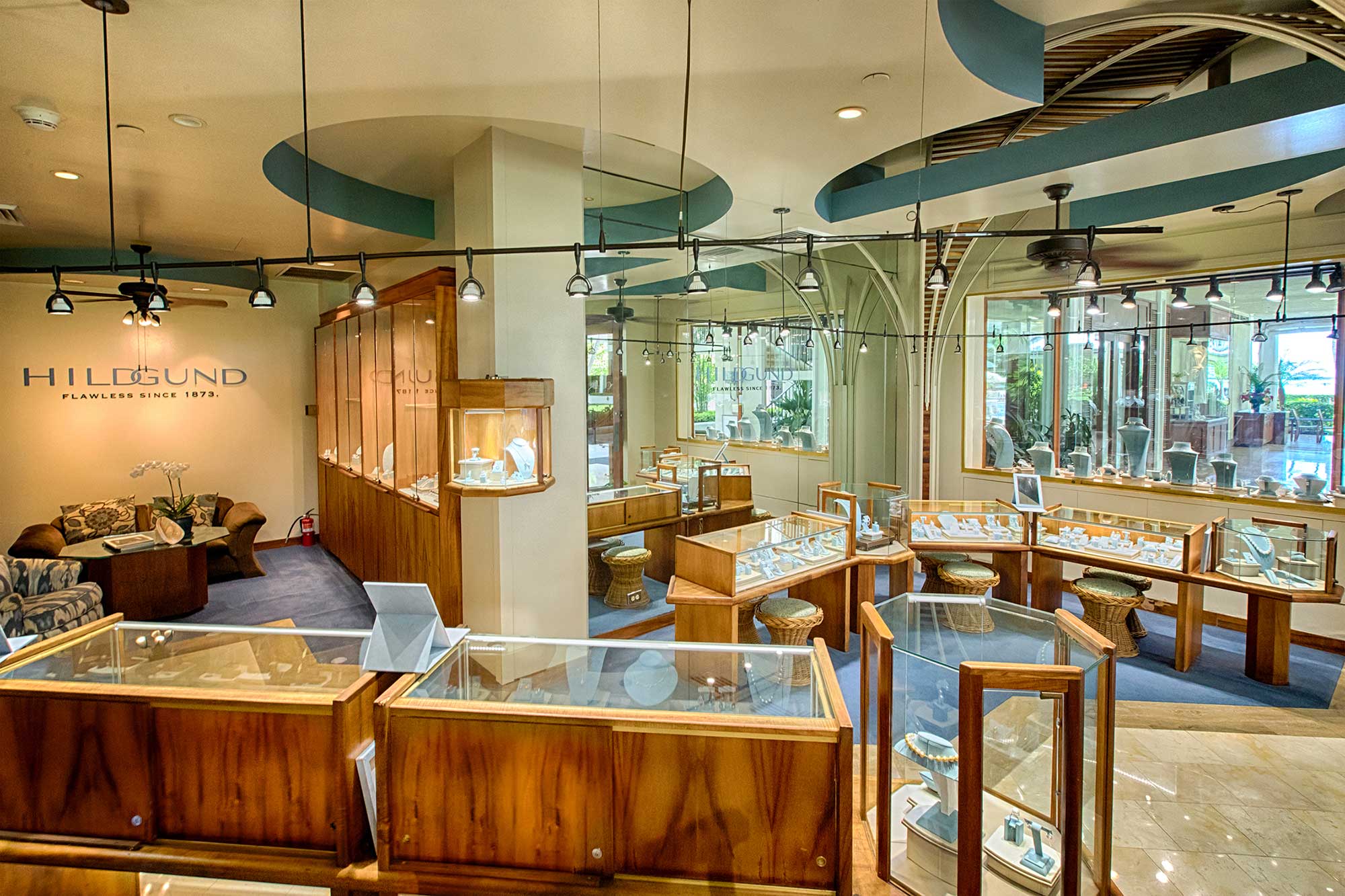
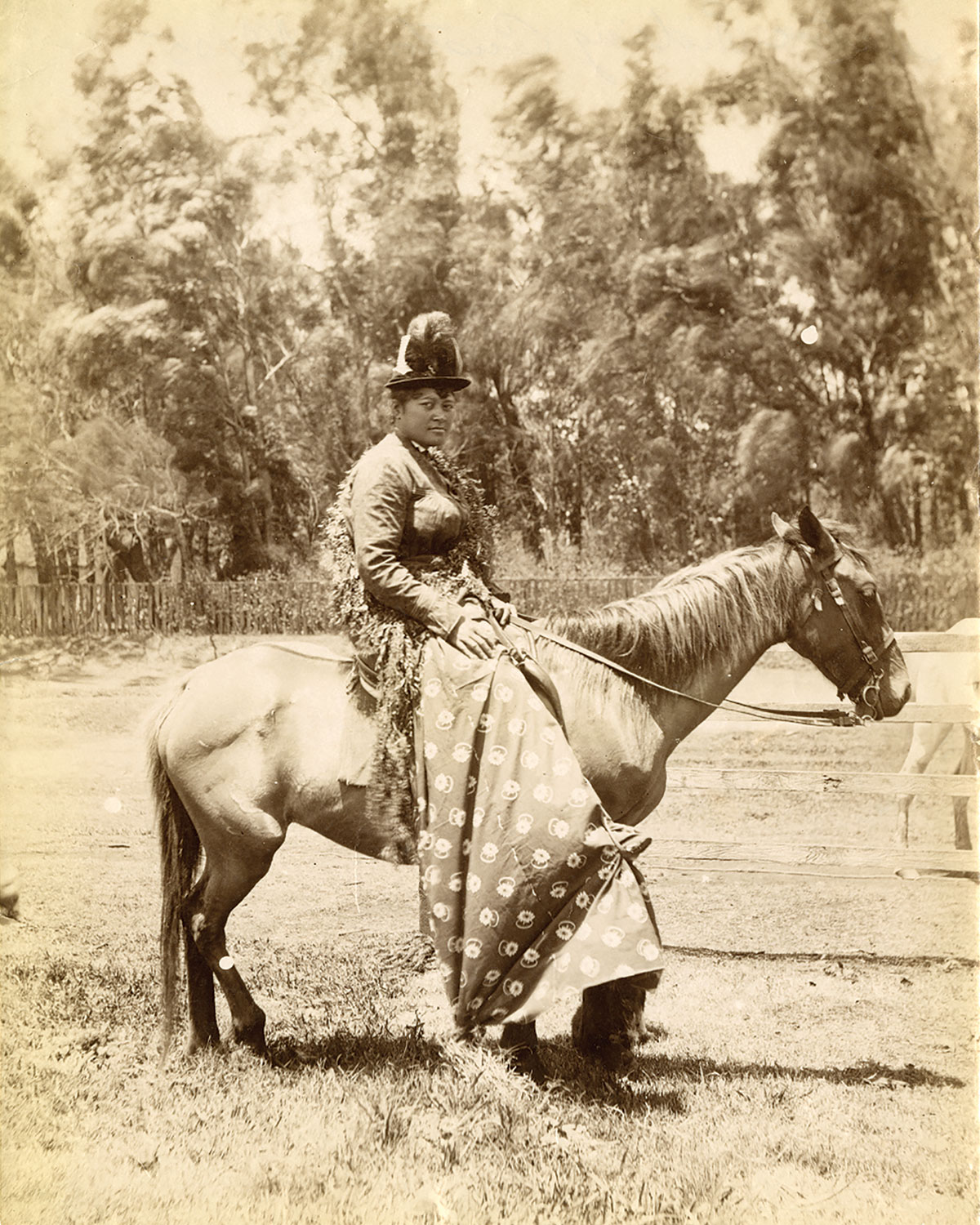
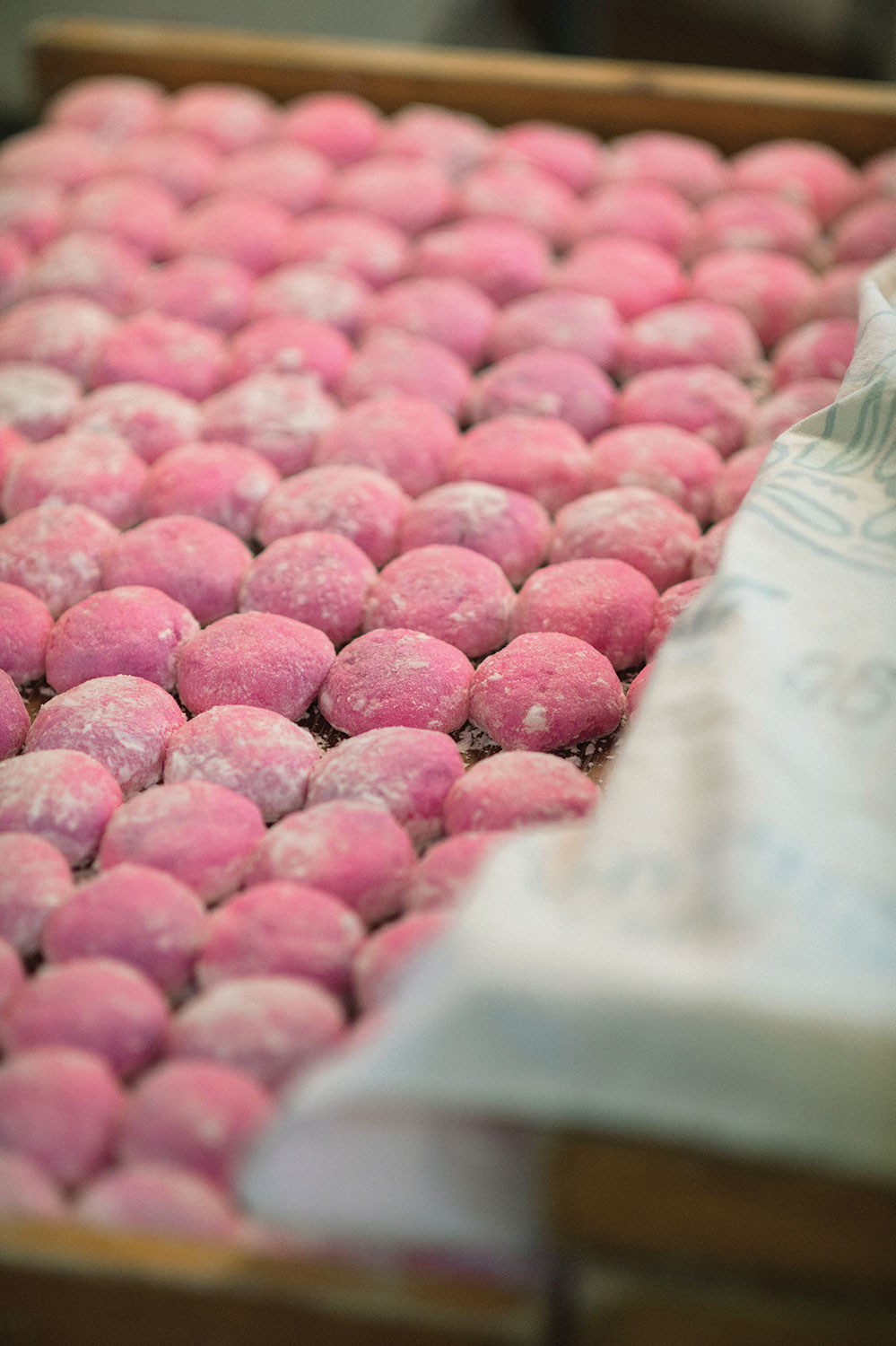
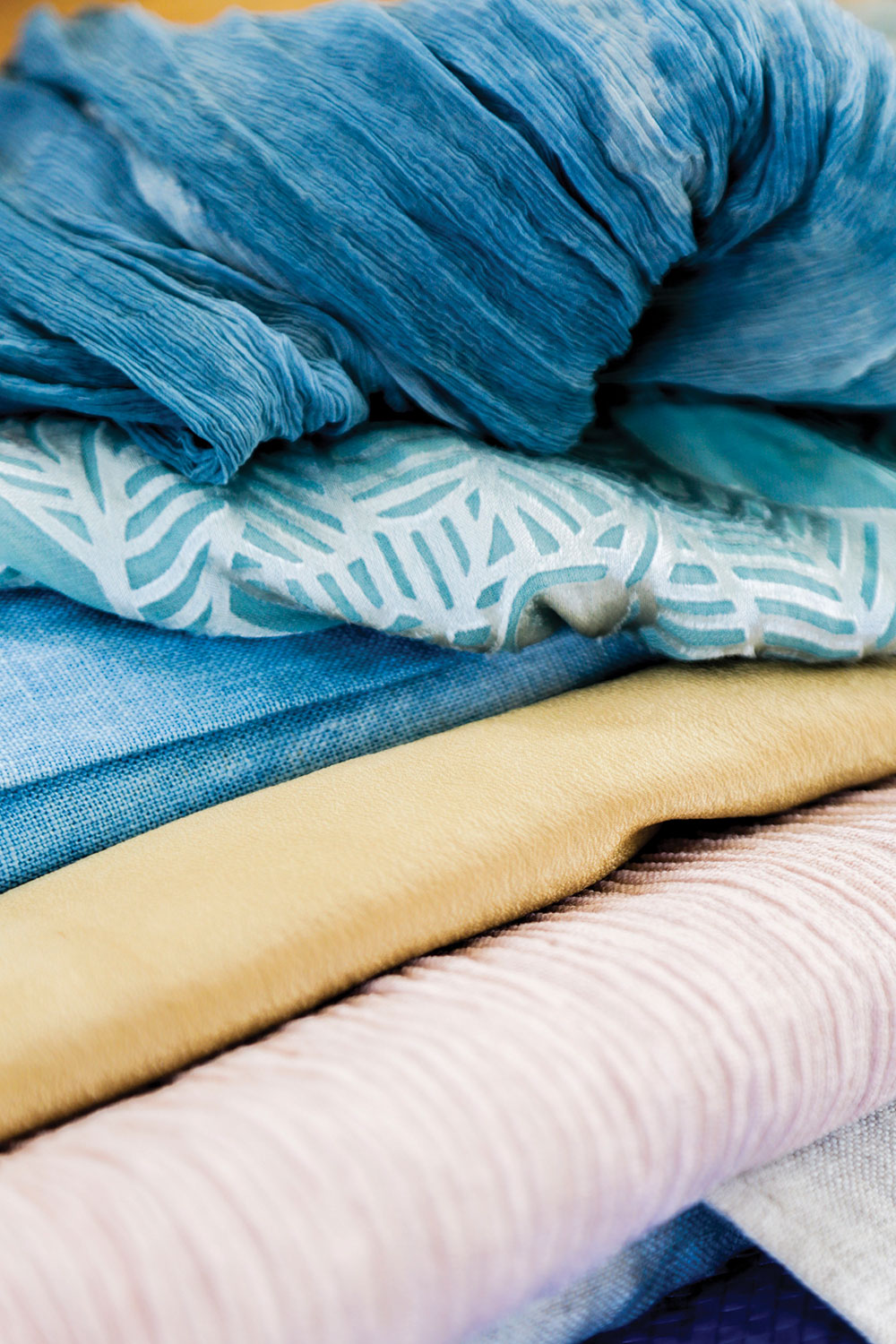
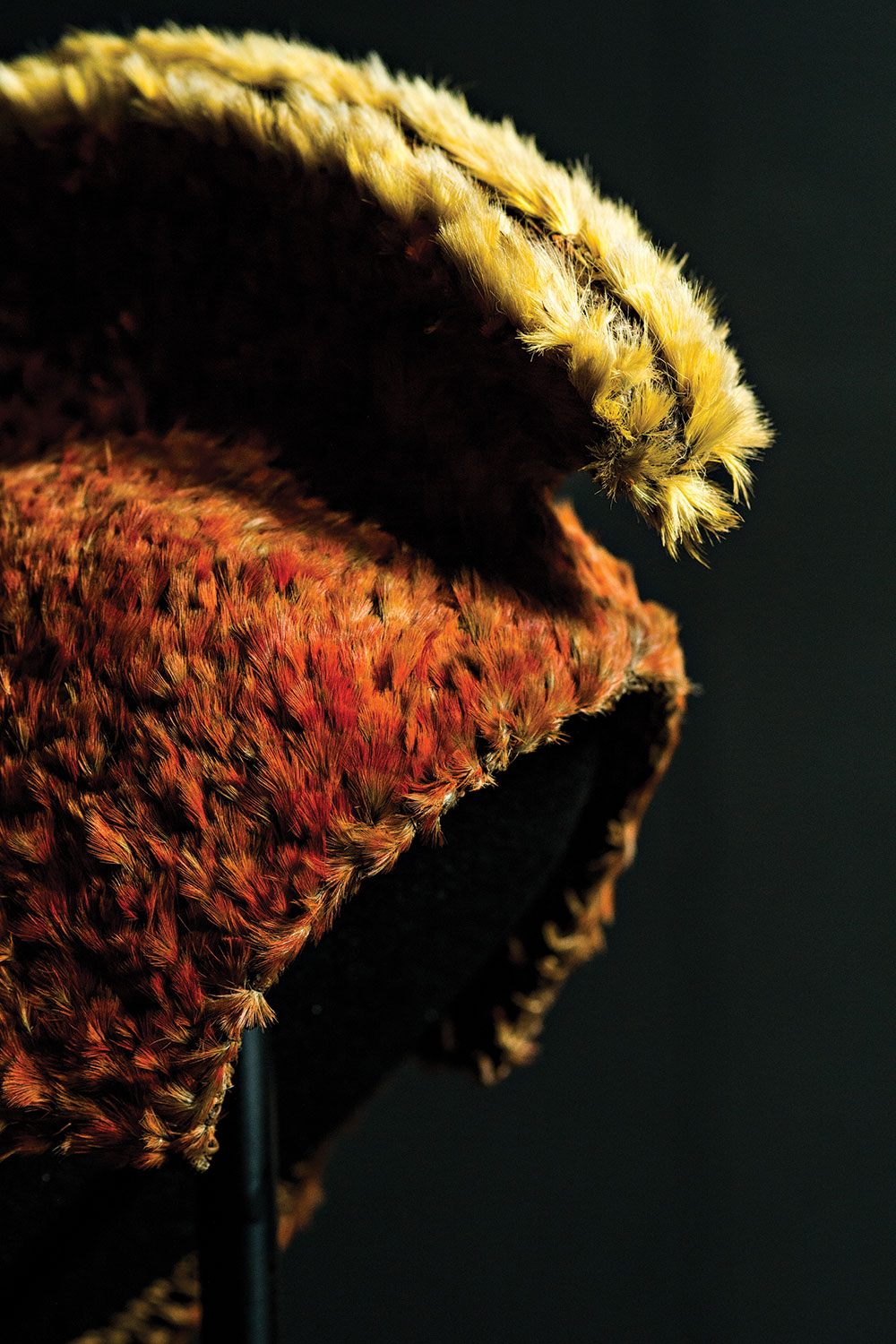
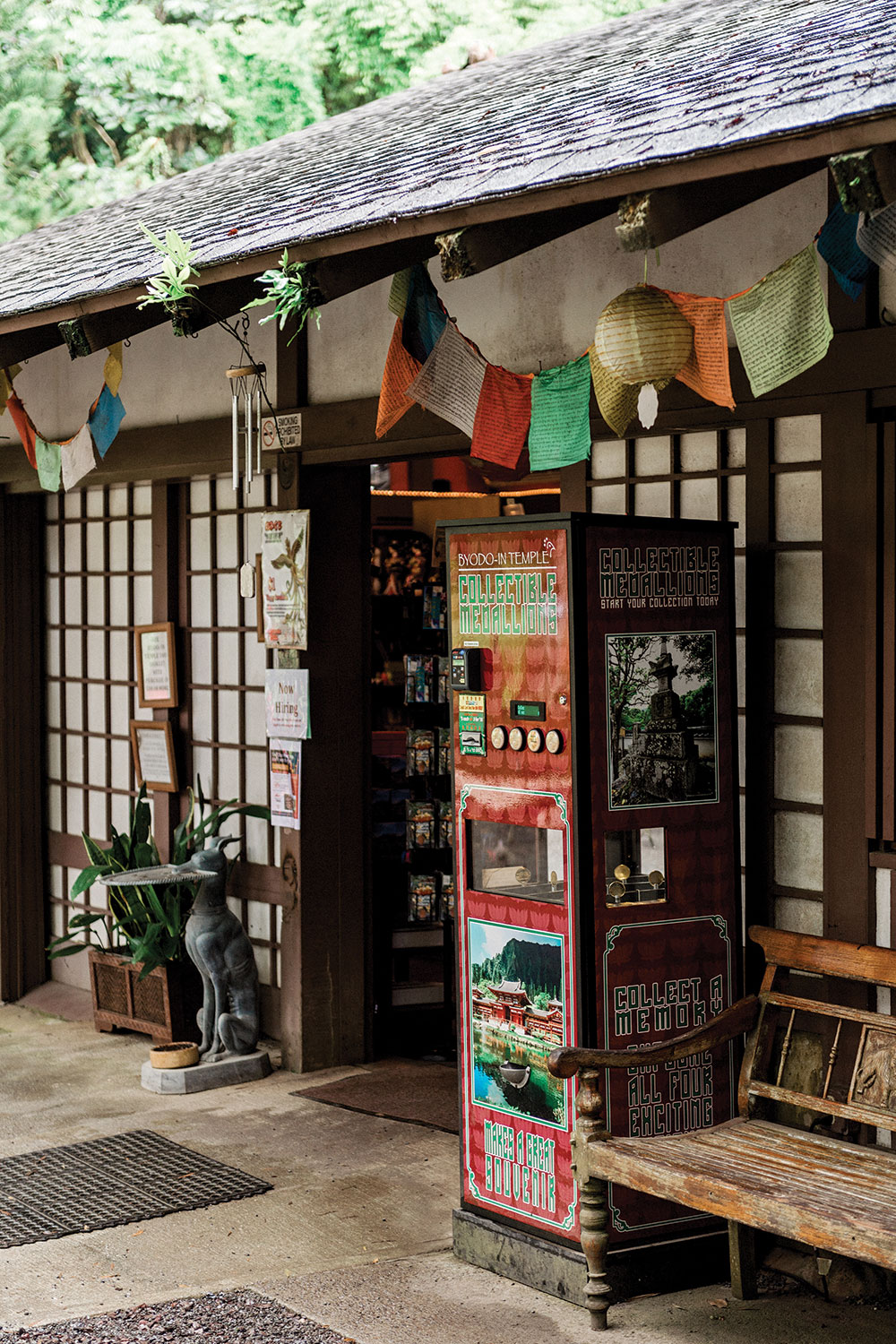
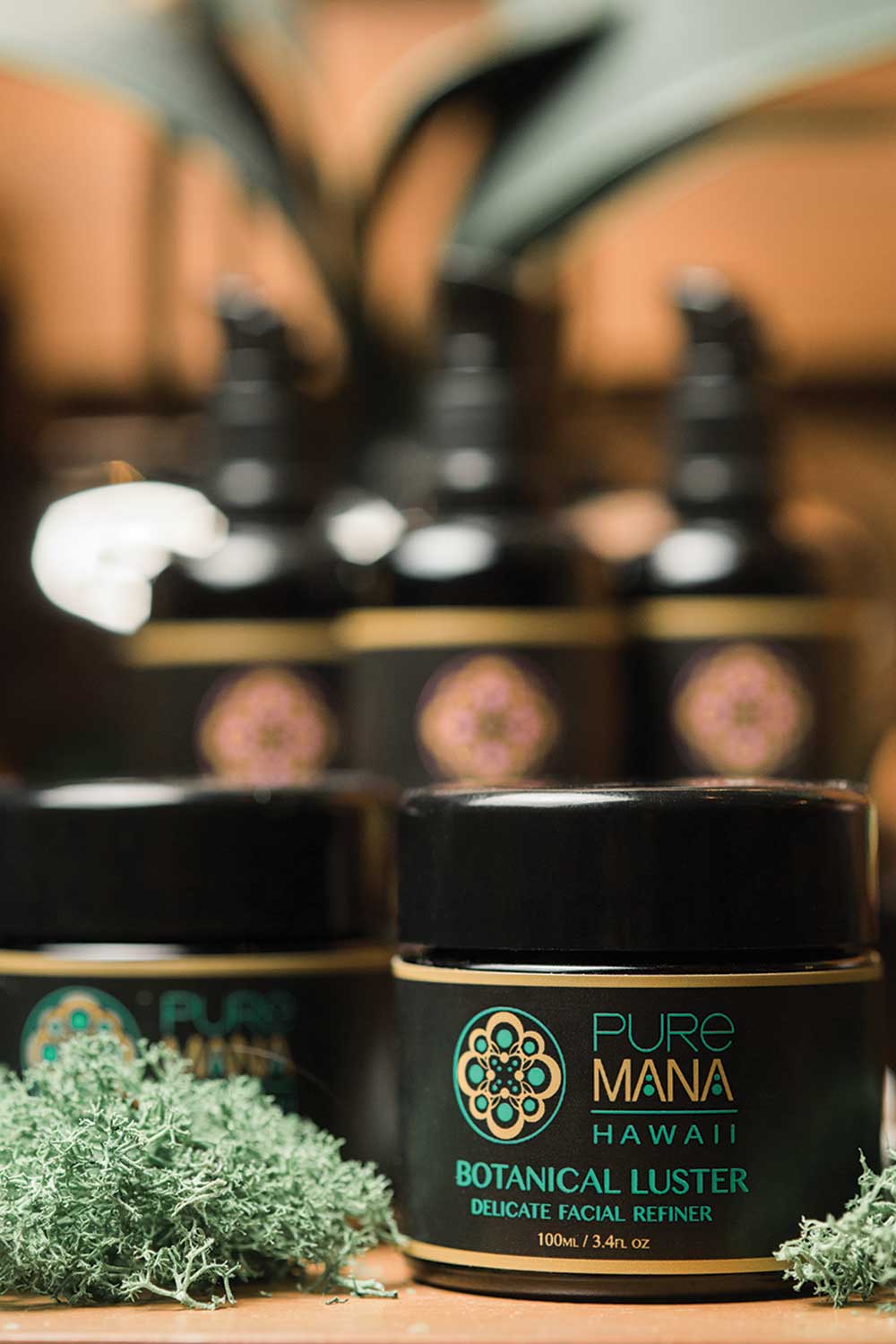
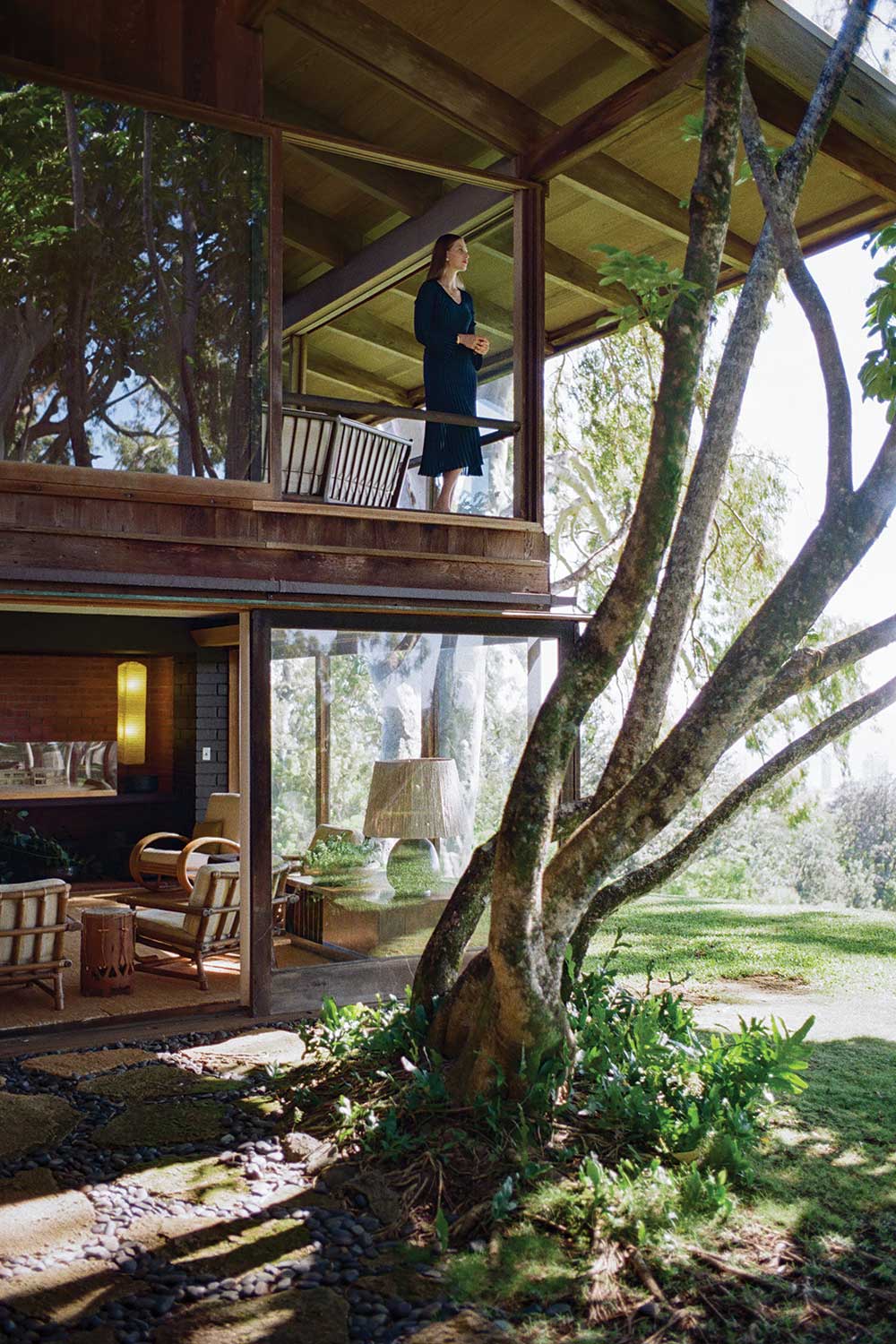
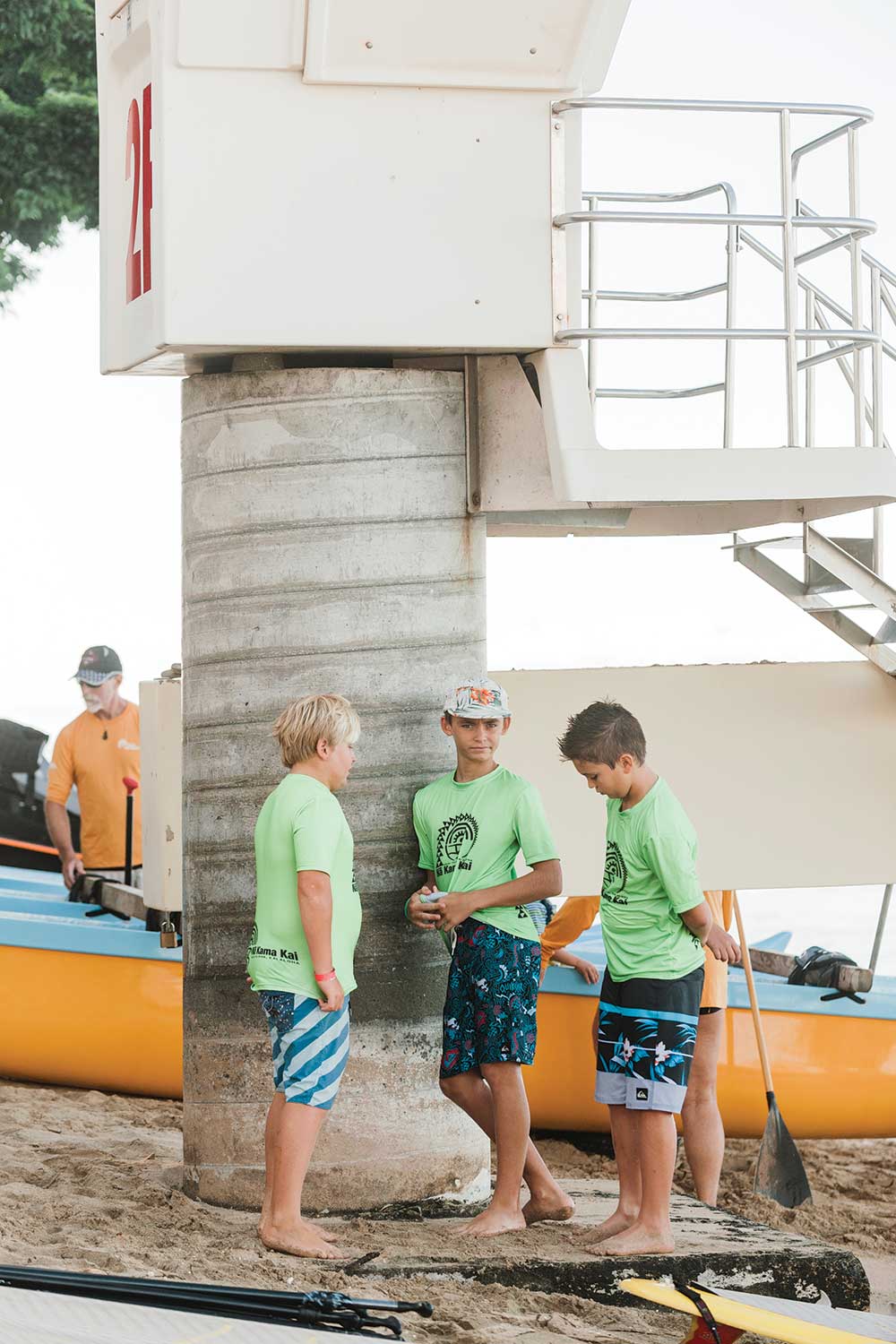
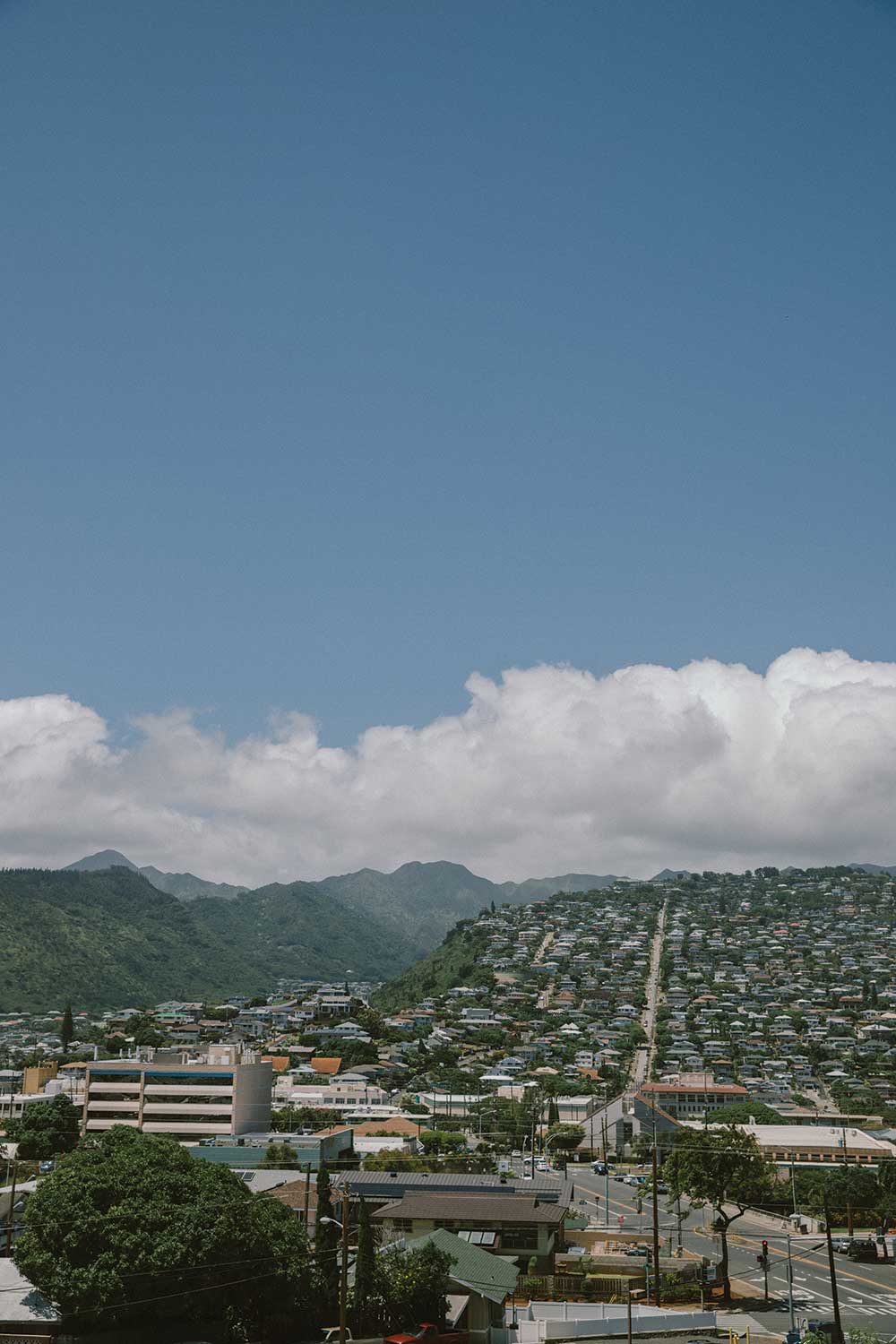



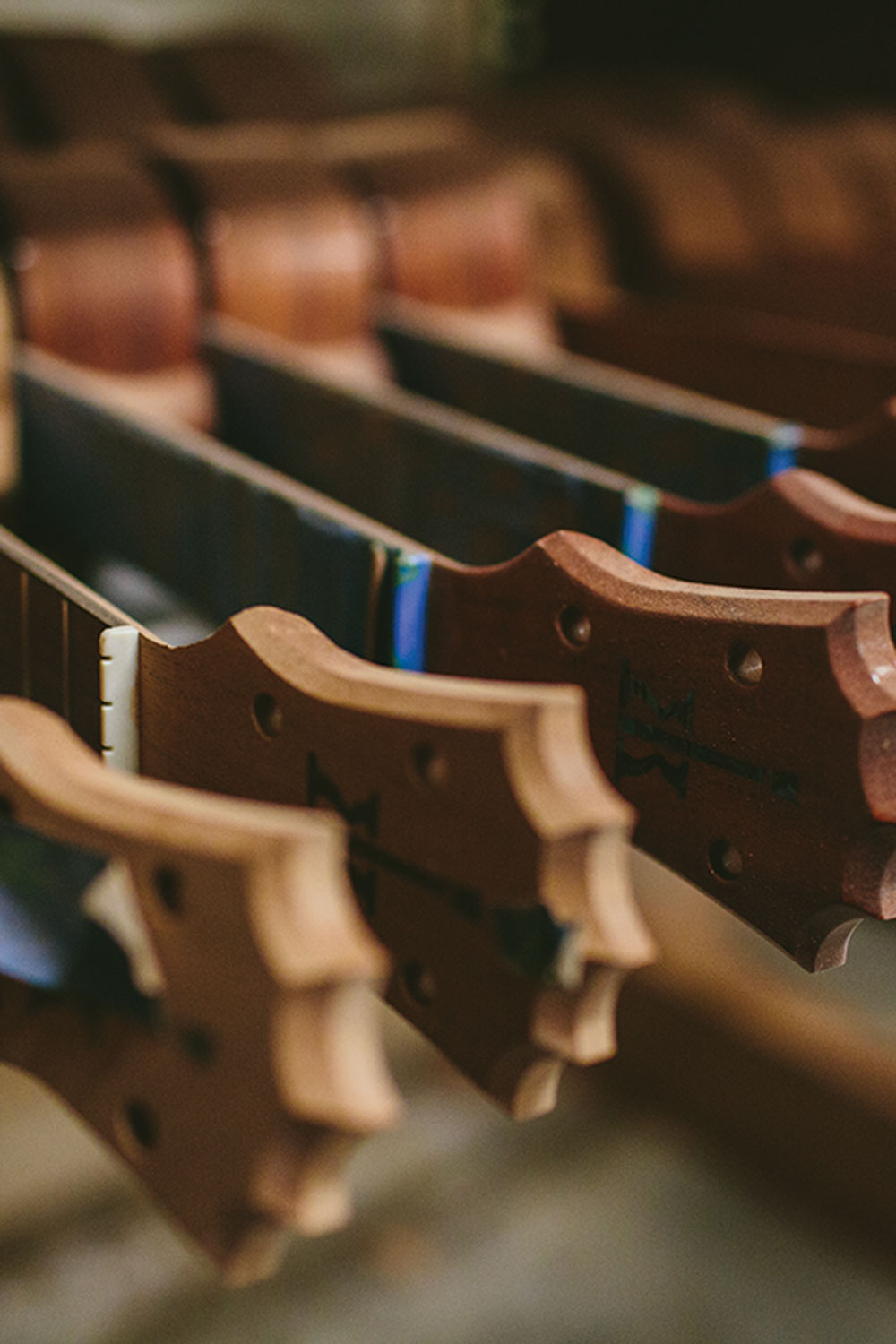
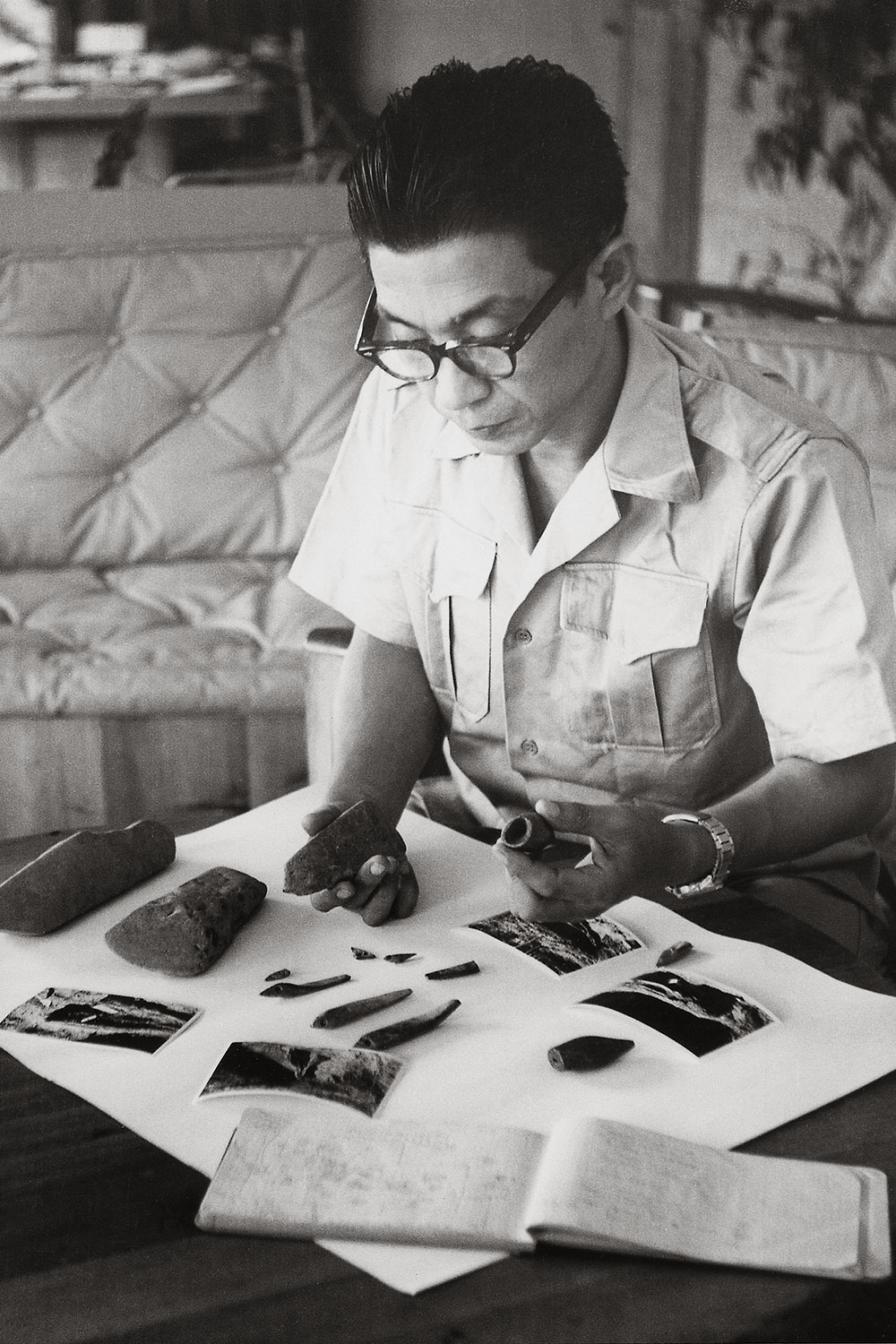
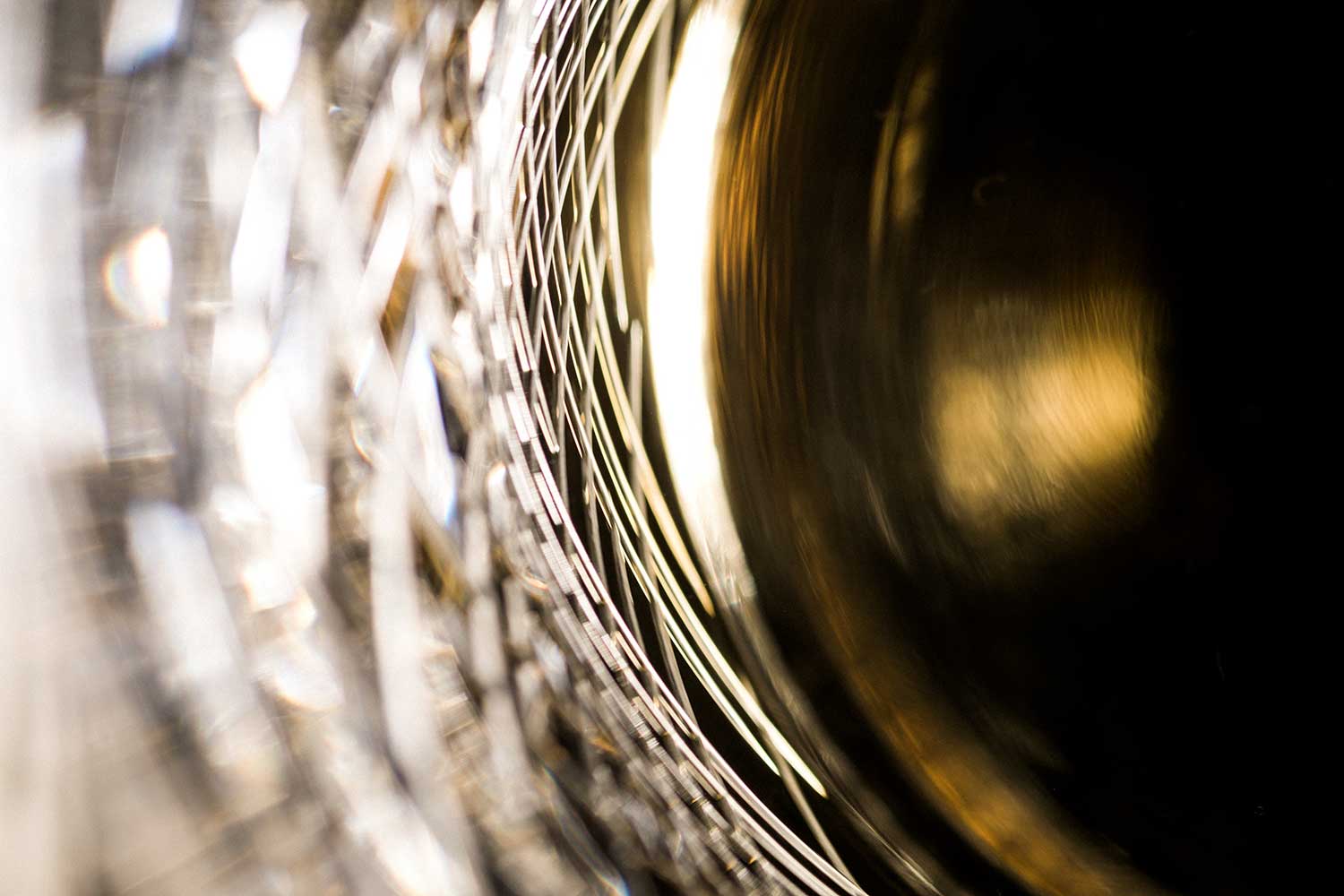









Share: